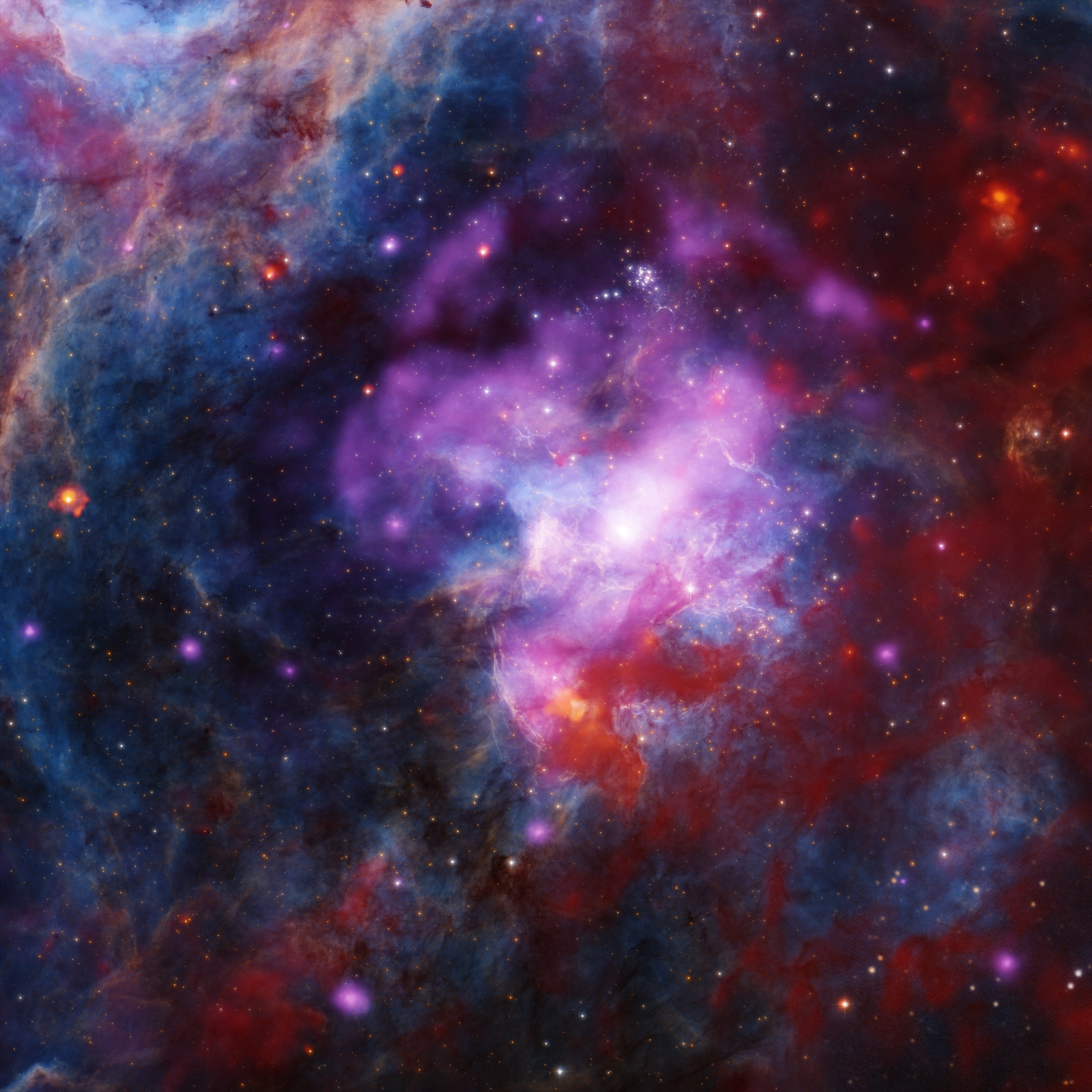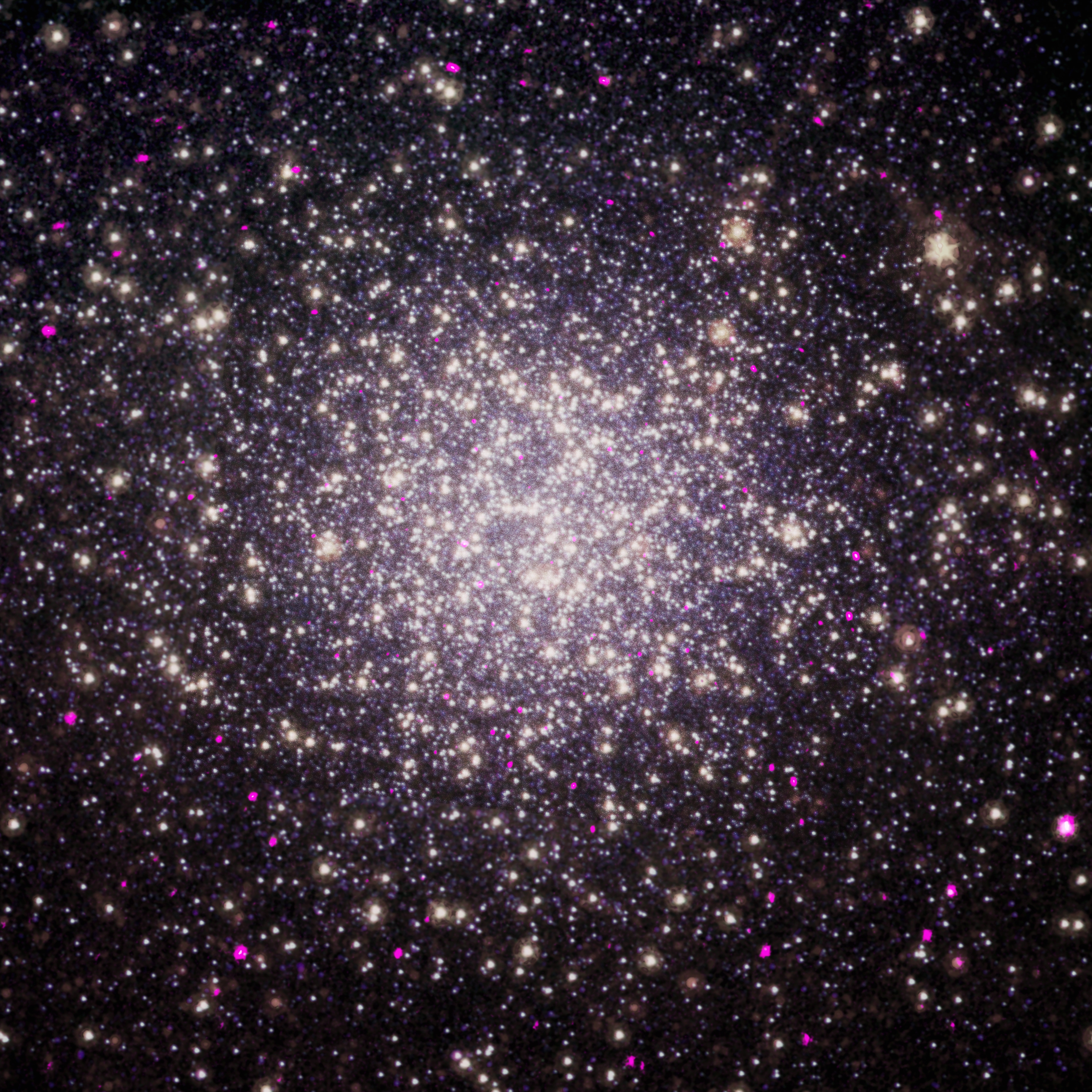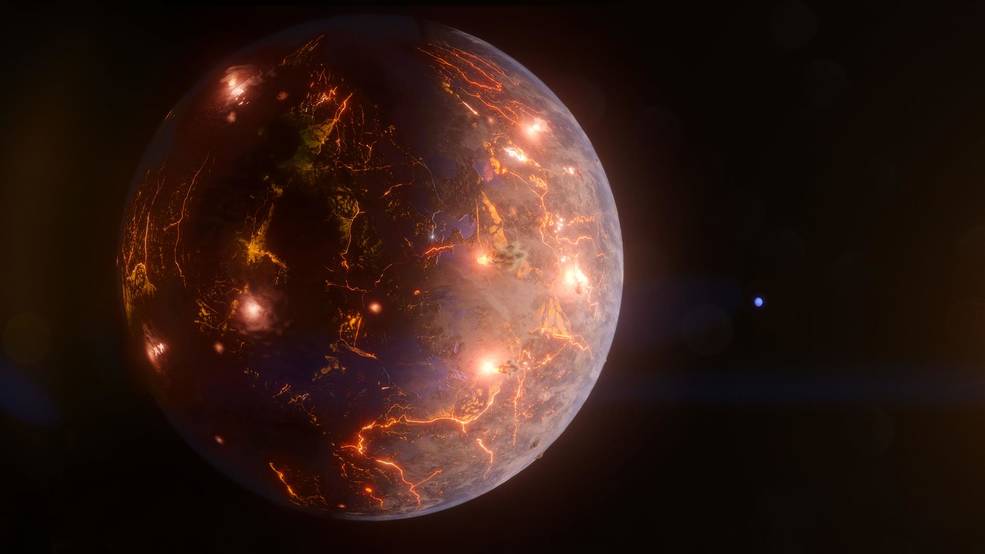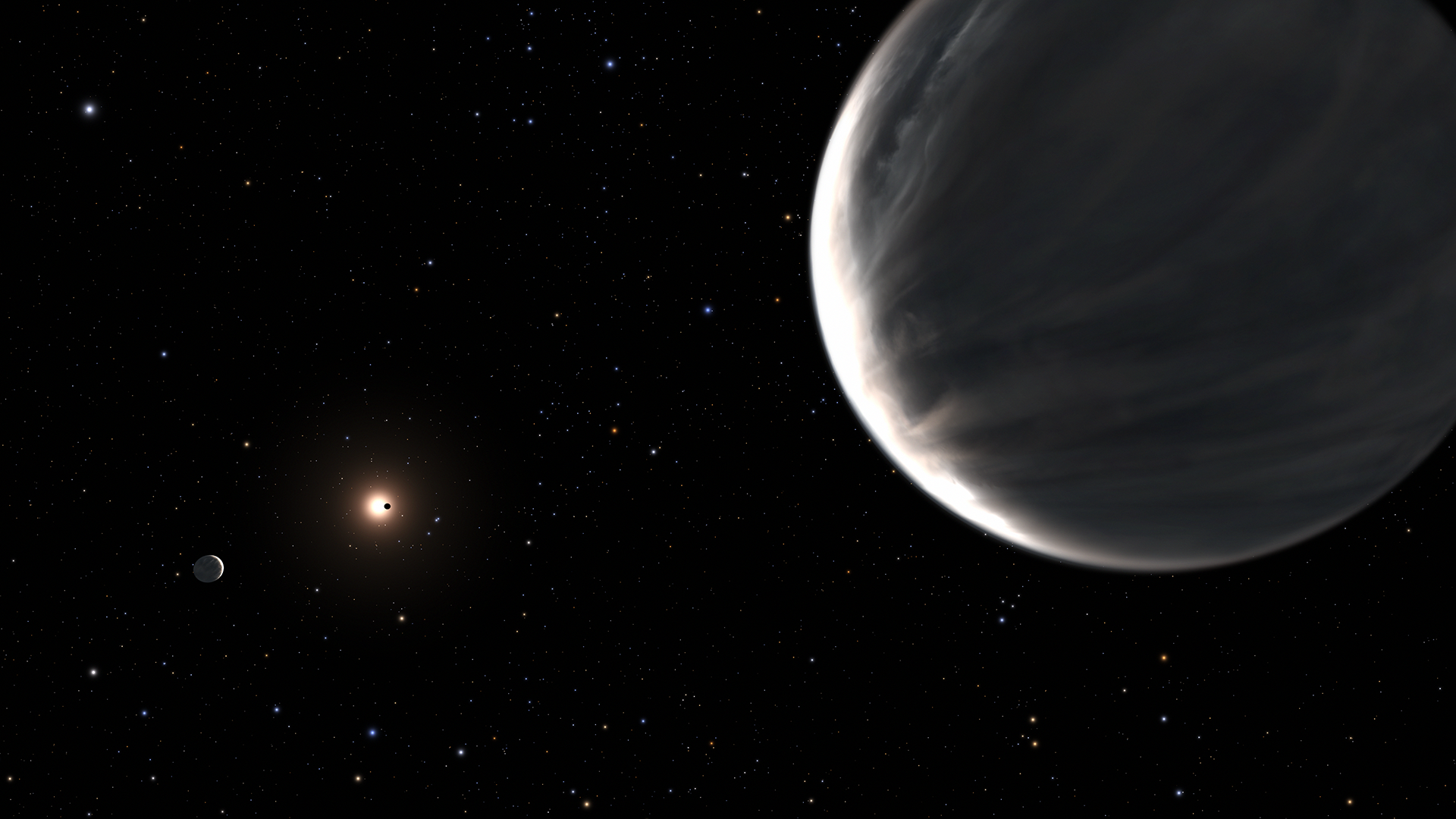Spitzer Space Telescope
Spitzer Space Telescope
Type
Launch
Mission End
Objective
Spitzer was the final mission launched in NASA's Great Observatories Program – a family of four space-based observatories, each studying the universe in a different kind of light. To complement the visible-light Hubble Space Telescope, the Compton Gamma-Ray Observatory, and the Chandra X-Ray Observatory, Spitzer was designed to detect infrared radiation, which is primarily heat radiation, allowing us to peer into regions of space hidden from optical telescopes.
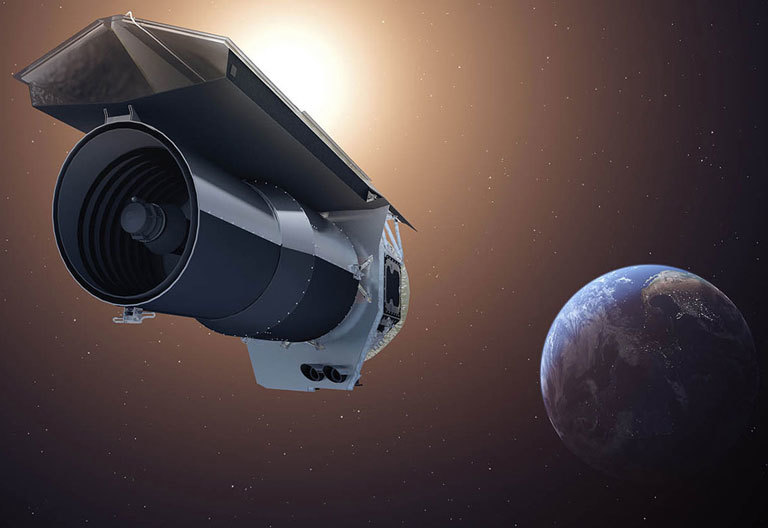
What is Spitzer Space Telescope?
NASA's Spitzer was the first telescope to detect light from an exoplanet, or a planet outside our solar system. Spitzer uses an ultra-sensitive infrared telescope to study asteroids, comets, planets and distant galaxies.
- In 2009, Spitzer found a ring of Saturn, a wispy, fine structure with 300 times the diameter of the gas giant planet.
- Spitzer made the first exoplanet weather map of temperature variations over the surface of a gas exoplanet.
Nation | United States of America (USA) |
Objective(s) | Solar Orbit, Space Telescope |
Spacecraft | Space Infrared Telescope Facility (SIRTF) |
Spacecraft Mass | 2,094 pounds (950 kilograms) |
Mission Design and Management | NASA/JPL-Caltech |
Launch Vehicle | Delta 7920H (no. D300) |
Launch Date and Time | Aug. 25, 2003 / 05:35:39 UT |
Launch Site | Cape Canaveral, Florida / SLC-17B |
Scientific Instruments |
|
In Depth: Spitzer Space Telescope
The Spitzer Space Telescope (formerly the Space Infrared Telescope Facility or SIRTF) was the fourth and last of NASA’s “Great Observatories,” after the Hubble Space Telescope (launched in 1990), the Compton Gamma Ray Observatory (1991), and the Chandra X-Ray Observatory (1999).
It carries a 34-inch (85-centimeter) infrared telescope and three scientific instruments as part of the cryogenic telescope assembly (CTA).
The planned two-and-a-half-year mission was designed to detect infrared radiation from heliocentric orbit. The CTA was cooled to 5 degrees above absolute zero (minus 450 degrees Fahrenheit or minus 268 degrees Celsius) using 95 gallons (360 liters) of liquid helium to ensure that the observatory’s “body heat” did not interfere with the observation of relatively cold cosmic objects.
Spitzer was launched at 05:35:39 UT Aug. 25, 2003, on a Delta II Heavy (in a two-stage Delta 7925H configuration) inserted the second stage and payload. The initial orbit was 103 × 104 miles (166 × 167 kilometers) at 31.5 degrees. The second stage ignited again at 06:13 UT Aug. 25, 2003, sending both the second stage and the observatory into a hyperbolic orbit. By Sept. 3, the telescope was in an Earth-trailing orbit around the Sun.
The telescope’s dust cover was ejected Aug. 29 and its aperture door opened the next day. In this orbit, at 0.996 × 1.019 AU, Earth doesn’t hinder observation of potential targets.
On Dec. 18, 2003, the SIRTF was renamed the Spitzer Space Telescope in honor of Lyman S. Spitzer, Jr. (1914-1997), one of the first people to propose the idea of using telescopes in space.
One of the early successes of the mission (in 2005) was to capture direct light from extrasolar planets for the first time.
Many other findings followed in the subsequent four years, including seeing light from the earliest objects in the universe, mapping the weather on an extrasolar planet for the first time, finding water vapor on another extrasolar planet, and identifying a new ring (the Phoebe ring) around Saturn.
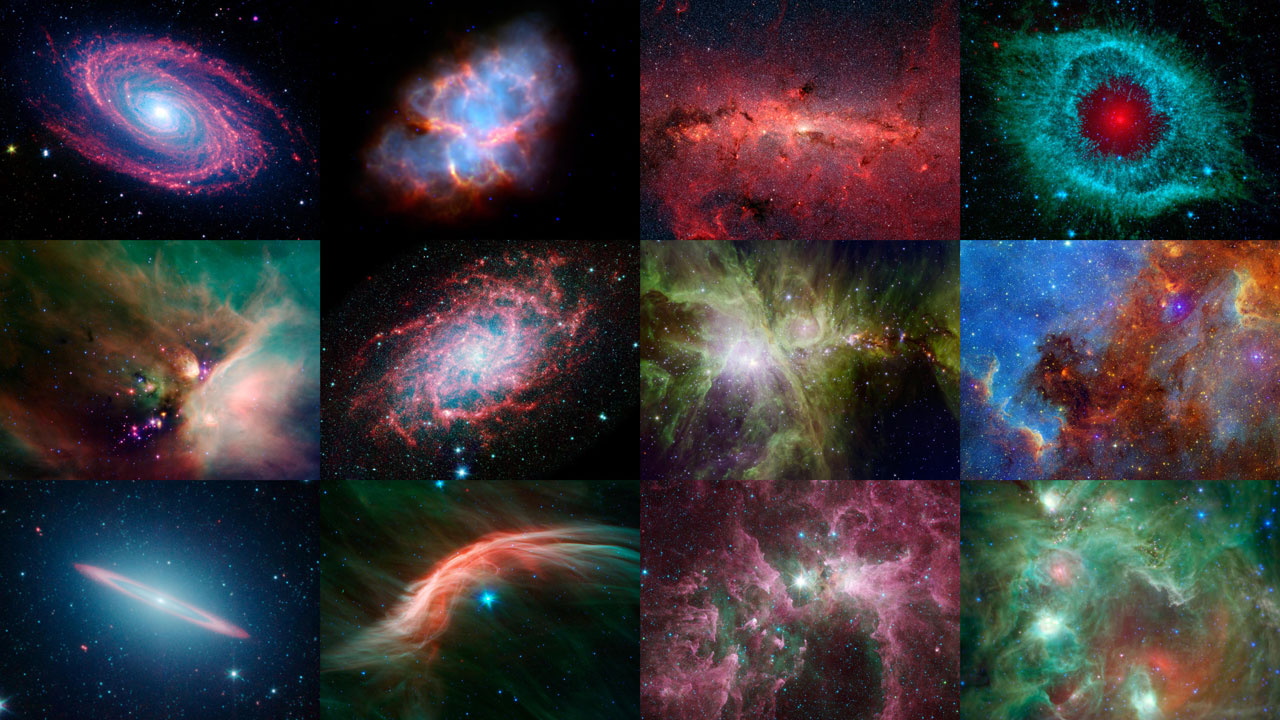
The observatory has worked far longer than expected, but its supply of liquid helium finally depleted at 22:11 UT May 15, 2009, nearly six years after launch. At that point, mission scientists reconfigured the mission as the Spitzer Warm Mission, which would use the two shortest-wavelength modules of the infrared array camera (IRAC), which did not require the cryogenic helium to operate, for future observations.
More discoveries followed. In August 2010, data from Spitzer revealed the identification of the first carbon-rich planet (known as WASP-12b) orbiting a star. In October 2012, astronomers announced that data from the observatory had allowed more precise measurement of the Hubble constant, the rate at which the universe is stretching apart.
The following year, Spitzer celebrated 10 full years of operation in space and continued operation of its two instruments which, in August 2014, observed an eruption of dust around a star (NGC 2547-ID8), possibly caused by a collision of large asteroids. Such impacts are thought to lead to the formation of planets.
Continuing discoveries based on results from Spitzer (as well as data integrated with information from other space-based observatories such as Swift) were announced in April 2015 (discovery of one of the most distant planets ever identified, about 13,000 light-years from Earth) and in March 2016 (discovery of the most remote galaxy ever detected, a high-redshift galaxy known as GN-z11). The latter was detected as part of the Frontiers Field project that combines the power of Spitzer, Hubble and Chandra.
In August 2016, mission planners at NASA's Jet Propulsion Laboratory (JPL) announced a new phase of the mission known as “Spitzer Beyond,” leveraged on a two-and-a-half-year mission extension granted by NASA earlier in the year.
Because the distance between Spitzer and Earth had widened over time, the telescope’s antenna needed to be pointed at higher angles toward the Sun to communicate with Earth. As a result, parts of the spacecraft experienced increasing amounts of heat. Simultaneously, its solar panels were pointed away from the Sun in this configuration, thus putting onboard batteries under more stress. These were among the challenges of the Spitzer Beyond phase.
In February 2017, NASA announced that Spitzer had revealed the first known system of seven Earth-size planets around a single star – the Trappist-1 system. Three of the planets are firmly located in the habitable zone, the area around the parent star where a rocky planet is most likely to have liquid water. The discovery set a record for the greatest number of habitable-zone planets found around a single star outside our solar system.
In October 2017, NASA announced that it was seeking information from potential funders who might be able to support operation of the telescope after NASA funding would run out.
In August 2018, Spitzer marked 15 years in operation. NASA decided to close out the Spitzer mission in 2018 in anticipation of the launch of the James Webb Space Telescope, which also would observe the universe in infrared light. When Webb's launch was postponed, Spitzer was granted an extension to continue operations until 2020.
After more than 16 years studying the universe in infrared light, revealing new wonders in our solar system, our galaxy, and beyond, Spitzer was decommissioned on Jan. 30, 2020. But even after retirement, data that the telescope had already collected continued fueling discoveries.
In 2022, researchers studying observations of exoplanets Kepler-138 c and Kepler-138 d from Spitzer and NASA's Hubble Space Telescope discovered that the planets could be composed largely of water. And in 2023, astronomers combining Spitzer data with findings from NASA’s TESS (Transiting Exoplanet Survey Satellite) and ground-based observatories, discovered an Earth-size exoplanet that may be carpeted with volcanoes.
Key Source
Siddiqi, Asif A. Beyond Earth: A Chronicle of Deep Space Exploration, 1958-2016. NASA History Program Office, 2018.


